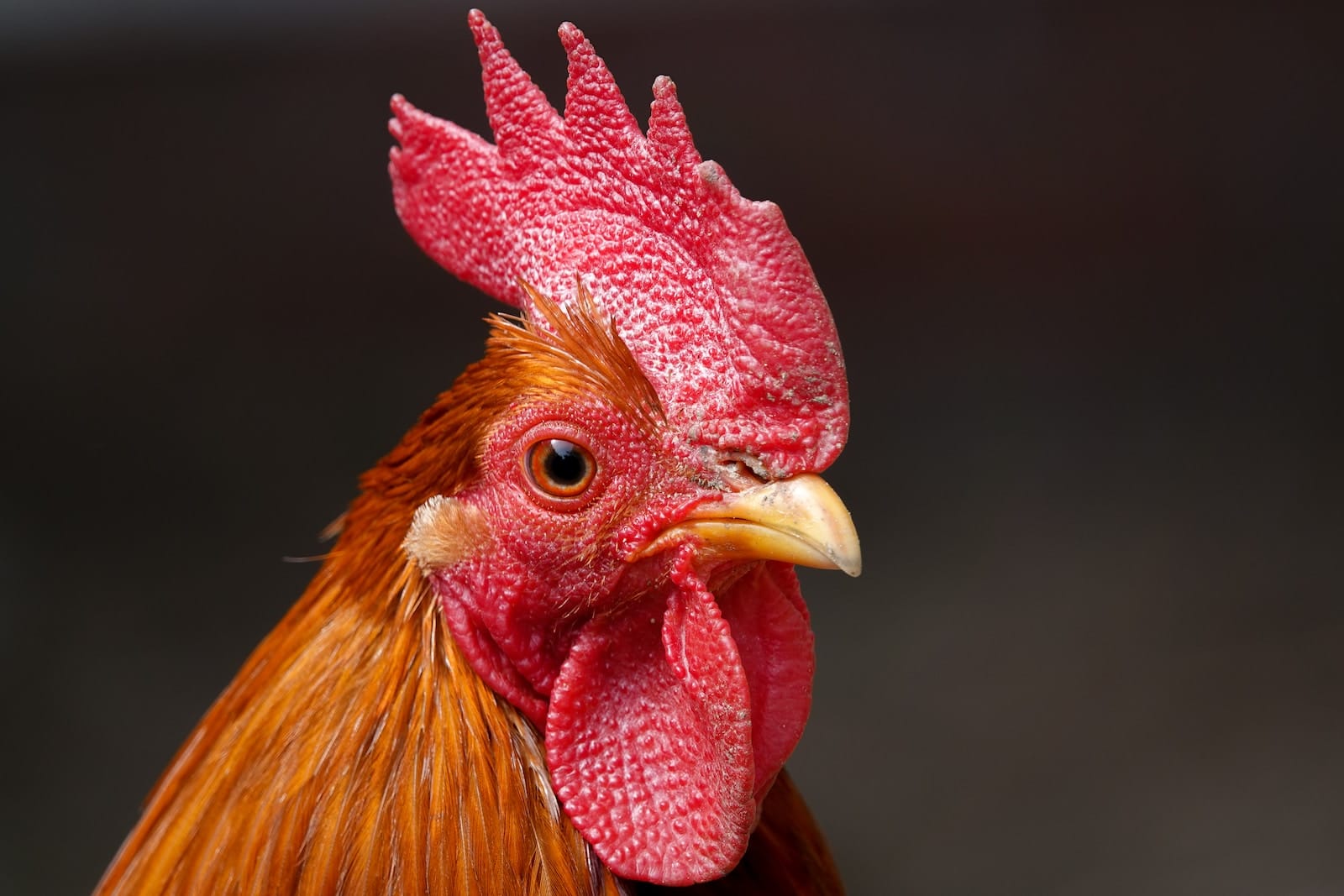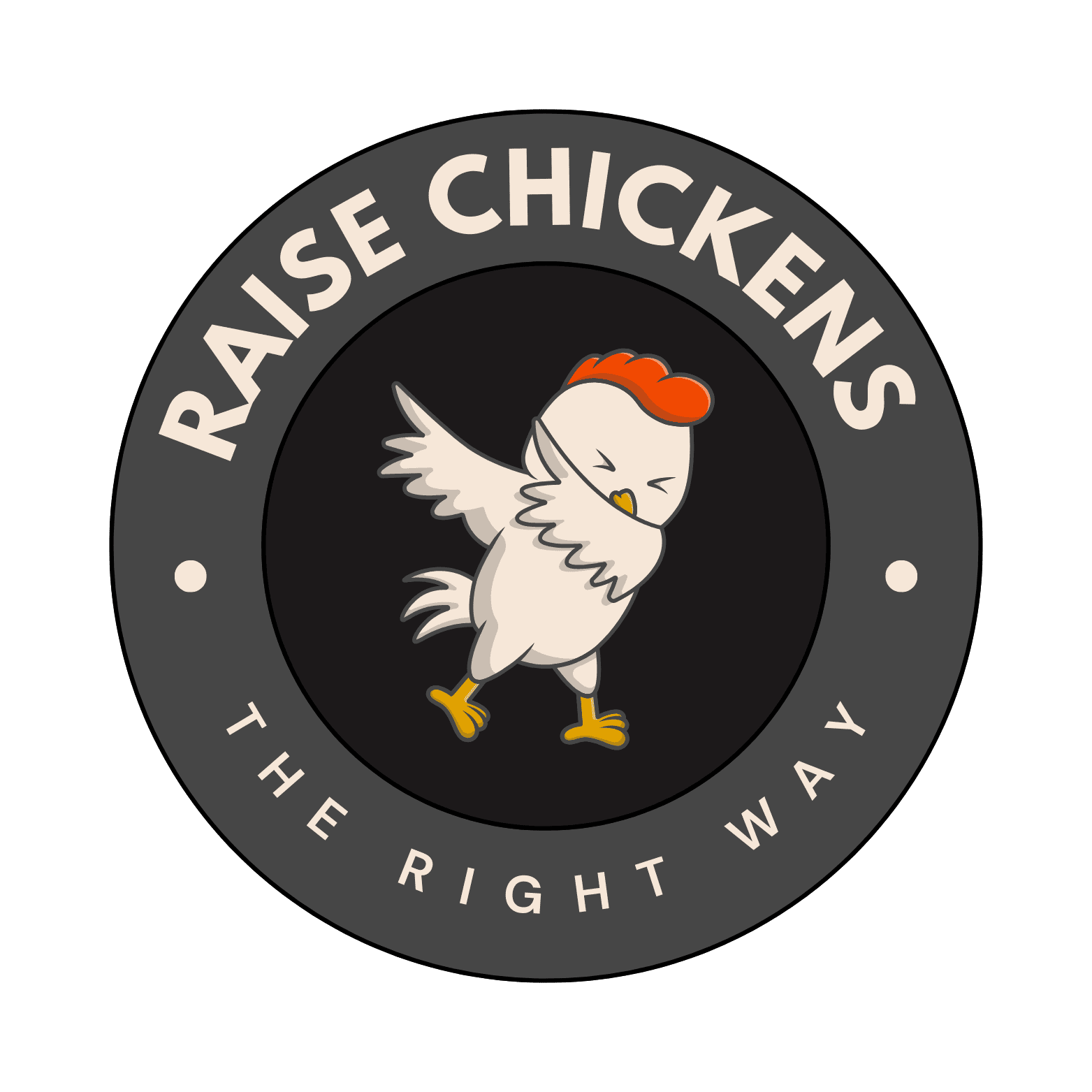Introduction
Culling chickens is not a topic anyone likes to talk about, but sometimes it’s necessary. If you keep chickens, you might have to cull—or remove—one from the flock for different reasons. It could be because of old age, illness, or even behavioral issues. This article is going to cover everything you need to know about how to cull chickens in a way that’s both safe and humane.
We’ll talk about the signs that it might be time to cull, what tools and supplies you’ll need, different methods you can use, and the step-by-step process. We’ll also touch on the legal and ethical parts so that you’re fully informed.
Understanding When to Cull Chickens
Signs That It’s Time to Cull
Sometimes it’s clear that a chicken needs to be culled. The chicken might be old and struggling to keep up with the flock. It could also be sick with a disease that could spread to other chickens. In some cases, you might have a chicken that’s acting aggressive toward other birds, causing harm.

Making the Decision
Deciding to cull a chicken is never easy. You have to weigh many things, including the chicken’s well-being and the health of your entire flock. Sometimes culling is the more humane option, especially if a chicken is suffering. Financially speaking, keeping a chicken that’s not producing eggs or is causing problems can also be a burden.
Preparing for the Culling Process
Tools and Supplies You’ll Need
You’ll need some specific tools to cull a chicken. These could include sharp scissors, knives, or even a hatchet. You should also have gloves for hygiene and maybe even some eye protection. Before you start, make sure your tools are clean and sharp. Dull tools can make the process more painful for the chicken, which is not what you want.
Setting Up the Space
Choose a place that’s quiet and away from the rest of the flock. Chickens can get stressed easily, so a calm setting is important. Make sure the area is clean to prevent any risk of infection. Have a disposal plan for the body, whether that’s burial or another approved method.

Different Methods of Culling Explained
Physical Methods
There are two common physical methods for culling: manual cervical dislocation and decapitation. Breaking the neck is quick but takes some skill. Decapitation is another quick method but can be messy. Whichever method you choose, it’s crucial to act quickly and firmly to minimize suffering.
Chemical Methods
There are also chemical methods like using CO2 chambers or certain medications. These methods are less common for backyard chicken keepers and are more often used in larger operations. If you’re considering a chemical method, make sure to research and follow all guidelines to do it correctly and humanely.
Performing the Culling
Pre-Cull Preparations
Before you cull, spend a few moments calming the chicken. You can hold it gently or offer some food. Make sure you’ve positioned the chicken securely to minimize movement, which can make the process less stressful for both you and the bird.
The Culling Process
Once you’re ready, follow the steps for your chosen method quickly and firmly. For example, if you’re decapitating, one swift, strong motion is necessary. Always prioritize the chicken’s welfare by acting as quickly and efficiently as possible.
Post-Cull Actions
After the chicken has been culled, you’ll need to take care of the body. This can include plucking if you plan to use the meat, or perhaps preparing for burial or composting. Make sure to clean all your tools thoroughly and wash your hands and any clothing that came in contact with the chicken.
Legal and Ethical Considerations
Regulations to Know
Before you cull a chicken, you should know the rules and laws in your area. In some places, you may need a permit or have to follow specific guidelines to ensure you’re culling humanely. Always do your homework to stay on the right side of the law.
Ethical Best Practices
Culling a chicken is a serious responsibility, and you should make every effort to do it as humanely as possible. If you’re not comfortable or experienced, consider asking for help from someone who is, or take the chicken to a vet. Being well-prepared both emotionally and in terms of tools and setting can help ensure that the process is as quick and painless as possible for the chicken.
Summary
Culling chickens is a difficult but sometimes necessary part of keeping a flock. In this article, we’ve covered the signs that it might be time to cull, what tools and supplies you’ll need, the methods you can use, and a step-by-step guide to performing the cull. We’ve also talked about the legal and ethical considerations you should be aware of.
Knowing how to cull chickens responsibly is important for anyone who keeps chickens. Being well-informed can help you make the best decisions for your flock’s health and well-being.

